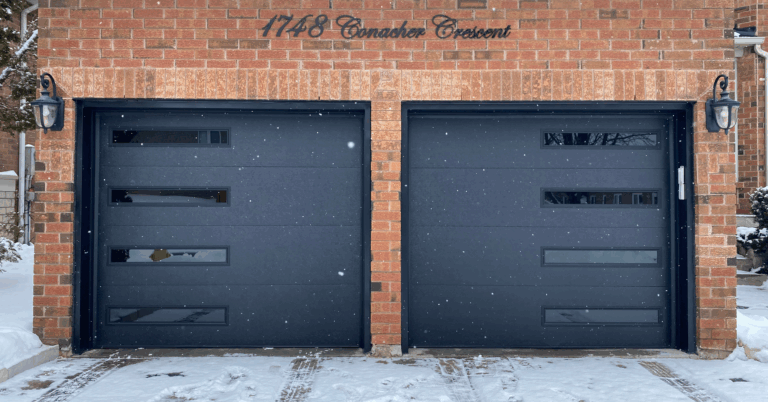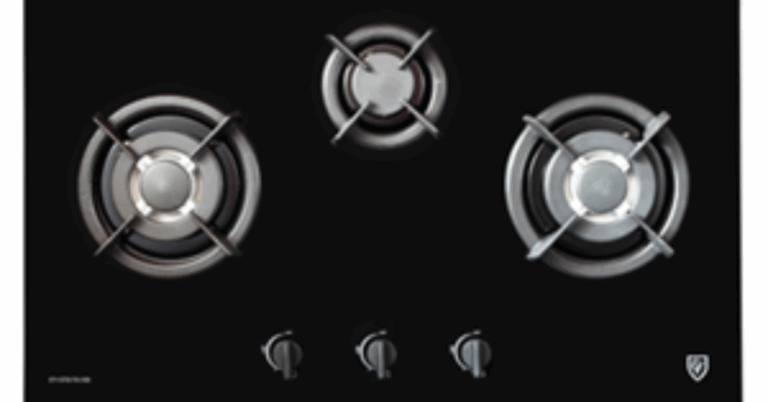Wash Basin: Essential Guide to Choosing the Perfect Wash Basin for Your Home
A Wash Basin is a fundamental fixture in every home, office, or commercial space. More than just a functional element, the right wash basin can enhance the style, hygiene, and usability of your bathroom or kitchen area. Whether you are renovating or designing a new space, understanding the types, materials, installation, and maintenance of wash basins is crucial to making the best choice.
What is a Wash Basin?
A wash basin is a bowl-shaped plumbing fixture used primarily for washing hands, face, or dishes. It usually comes with a faucet and a drain. While its primary function is practical, wash basins today also serve as design statements, blending aesthetics with utility.
Types of Wash Basins
When choosing a wash basin, it’s important to know the different types available to match your space, style, and needs.
Pedestal Wash Basin
This is a classic style where the basin sits atop a pedestal that conceals plumbing. It’s ideal for small bathrooms and gives a clean, elegant look.
Wall-Mounted Wash Basin
Wall-mounted basins are attached directly to the wall, saving floor space. This type is popular in modern homes and commercial settings where space efficiency is vital.
Countertop Wash Basin
Countertop basins sit on top of a vanity or countertop, creating a contemporary look. These wash basins come in various shapes like round, oval, or square.
Under-Mount Wash Basin
Installed beneath the countertop, under-mount basins offer a sleek and seamless appearance, popular in kitchens and modern bathrooms.
Integrated Wash Basin
This type combines the basin and countertop into a single piece, making cleaning easier and ensuring water doesn’t seep into joints.
Materials Used for Wash Basins
The choice of material greatly affects the durability, look, and maintenance of your wash basin.
Ceramic Wash Basin
Ceramic is the most common material, known for its durability, ease of cleaning, and affordability. It resists stains and scratches well.
Porcelain Wash Basin
Porcelain basins are similar to ceramic but are fired at higher temperatures, offering a smoother, more refined finish.
Stainless Steel Wash Basin
Often used in kitchens, stainless steel wash basins are durable, resistant to corrosion, and easy to maintain.
Glass Wash Basin
Glass basins add elegance and modernity. While they require careful maintenance to avoid scratches, they are visually stunning.
Stone Wash Basin
Natural stone basins like granite or marble are luxurious and unique. These wash basins require sealing to prevent stains and water damage.
Composite Wash Basin
Made from resin and other materials, composite basins are durable and available in various colors and designs.
Factors to Consider When Choosing a Wash Basin
Selecting the right wash basin depends on several factors:
-
Size and Space: Measure your available space to ensure the basin fits comfortably without crowding.
-
Style and Design: Choose a basin that complements your overall interior style, whether traditional, modern, or minimalist.
-
Installation Type: Decide between wall-mounted, pedestal, or countertop basins based on your space and plumbing setup.
-
Material and Durability: Consider where the basin will be used—kitchen basins need more durable materials like stainless steel, while bathroom basins can be ceramic or glass.
-
Maintenance: Some materials and designs are easier to clean and maintain than others.
-
Budget: Wash basins come in a range of prices; select one that balances quality with your budget.
Installation of Wash Basin
Proper installation is key to the functionality and longevity of your wash basin.
Professional Installation
Hiring professionals ensures that the plumbing connections, mounting, and sealing are done correctly, preventing leaks and damages.
DIY Installation
For those with plumbing experience, some wash basins can be installed as DIY projects. However, care must be taken to follow all plumbing codes and manufacturer instructions.
Important Installation Tips
-
Ensure proper sealing around the basin to prevent water damage.
-
Verify the height and positioning for ergonomic use.
-
Check water supply and drainage pipes for compatibility.
Maintenance Tips for Wash Basin
To keep your wash basin looking new and functioning well, regular maintenance is essential.
-
Clean with mild soap and avoid abrasive cleaners to prevent scratches.
-
Regularly check for leaks or blockages in the drain.
-
For stone or composite basins, reseal as recommended by the manufacturer.
-
Polish glass or stainless steel basins to maintain shine.
Trends in Wash Basin Design
Modern wash basin designs focus on combining functionality with aesthetics.
-
Minimalist Designs: Clean lines and simple shapes are popular in contemporary bathrooms.
-
Smart Basins: Some wash basins now include touchless faucets and integrated lighting.
-
Eco-Friendly Options: Water-saving basins and faucets help reduce consumption.
-
Customizable Wash Basins: Personalized shapes, sizes, and materials allow unique bathroom setups.
Why Invest in a Quality Wash Basin?
Investing in a high-quality wash basin provides:
-
Enhanced durability and longer lifespan
-
Improved hygiene with better materials and designs
-
Aesthetic appeal that elevates your bathroom or kitchen
-
Increased property value due to modern fixtures
Frequently Asked Questions
What size wash basin is suitable for small bathrooms?
For small bathrooms, a pedestal or wall-mounted wash basin between 16 to 20 inches in width works well, saving space without compromising usability.
Can I install a wash basin myself?
If you have basic plumbing knowledge, installing a wall-mounted or countertop wash basin might be manageable. However, professional installation is recommended to avoid leaks or improper fitting.
What is the most durable material for wash basins?
Stainless steel and stone basins are among the most durable. Ceramic and porcelain also last long if maintained well.
How often should I clean my wash basin?
Cleaning your wash basin weekly with mild soap and water helps prevent stains and buildup. More frequent cleaning may be necessary in high-use areas.
Are glass wash basins prone to damage?
Glass wash basins are sturdy but can chip or crack if heavy objects fall on them. Using tempered glass reduces this risk.
Can I use the same wash basin for kitchen and bathroom?
Kitchen wash basins are typically larger and made from materials like stainless steel for durability, while bathroom wash basins focus more on style and comfort. It’s best to choose basins designed for each space.
How do I prevent stains on a ceramic wash basin?
Regular cleaning, avoiding harsh chemicals, and wiping dry after use help prevent stains and maintain the basin’s glossy finish.
Conclusion
Choosing the right wash basin is a blend of style, practicality, and durability. With numerous types, materials, and designs available, it’s important to assess your space, preferences, and maintenance capabilities before making a decision. Whether you opt for a sleek wall-mounted basin or a luxurious stone countertop basin, investing in a quality wash basin will improve your daily routines and enhance the overall look of your bathroom or kitchen.







